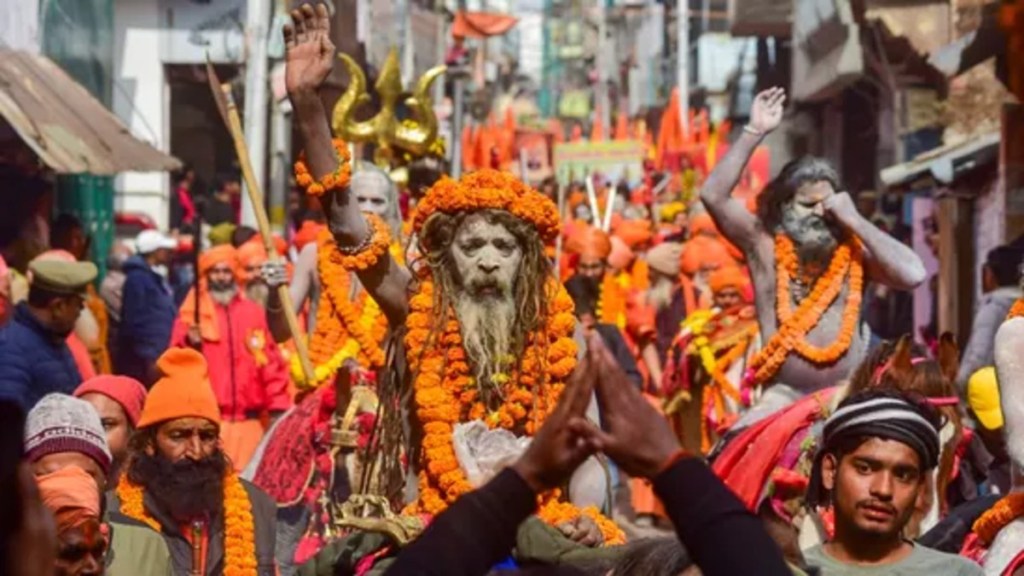Mauni Amavasya, a key day in the Hindu calendar during the Mahakumbh, will be observed on Wednesday, January 29, 2025. It is a day marked by silence, fasting, and ritual bathing in the Ganges River, attracting millions of devotees who seek purification and blessings from the divine.
In 2025, it is estimated that around 40 crore people will visit the MahaKumbh at Prayagraj over a period of 45 days. Among them, approximately 6 crore people are expected to participate in the Shahi Snan, taking a sacred dip in the holy waters on the significant day of Mauni Amavasya.
History of Mauni Amavasya
The term “Mauni” comes from “Muni,” meaning a seer, and refers to a day of silence for spiritual growth and self-mastery. Guru Adi Shankaracharya and Ramana Maharshi both emphasized silence as a path to self-realization and mental calm. While the entire month of Magha is ideal for bathing rituals, Mauni Amavasya is especially significant, as the holy water is believed to transform into nectar, cleansing sins for those who bathe in it.
Significance of Mauni Amavasya
Taking a dip in rivers, especially on Mauni Amavasya, is a longstanding Hindu tradition, rooted in religious belief. According to the Puranas, performing Pin-Daana (donation) at a holy river while maintaining silence on this day is considered highly auspicious. It is believed that such donations, following the ritual of bathing, yield positive results that last a lifetime.
Acts of charity and worship on Mauni Amavasya are said to multiply the individual’s good deeds many times over. The dip in holy water on this day is believed to offer more virtue than on other days, and people with planetary defects participate to mitigate the negative effects of the planets.
Key rituals and customs associated with Mauni Amavasya:
- Observing Silence (Maun Vrat)
The word “Mauni” comes from “Mauna,” meaning silence. Many devotees observe complete silence (maun vrat) on this day as a form of spiritual discipline. Practicing silence is believed to help in attaining inner peace and spiritual awakening. - Holy Bathing
Taking a holy dip (snan) in sacred rivers, especially the Ganga, Yamuna, or the Sangam (confluence of Ganga, Yamuna, and Saraswati in Prayagraj), is considered highly auspicious on Mauni Amavasya.
This ritual is part of the larger Magh Mela or Kumbh Mela for those who gather at the riverbanks in Prayagraj or other sacred sites. Bathing during this time is believed to purify the soul and wash away sins. - Charity and Donations (Daan)
Performing daan (charity) and seva (selfless service) is another important practice on Mauni Amavasya. People offer donations such as clothes, food, and money to the needy. Offering tarpan (oblations) and pind daan to ancestors is also considered auspicious, as it is believed to bring peace to departed souls.








